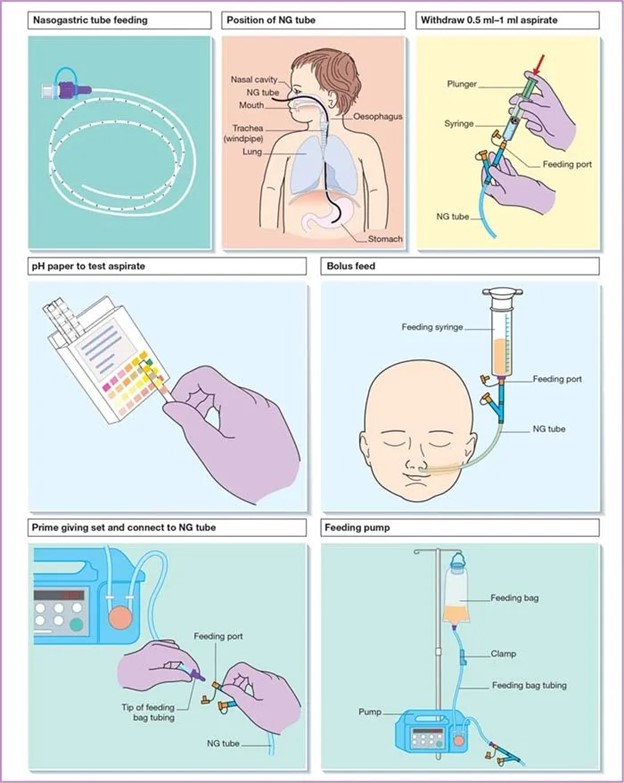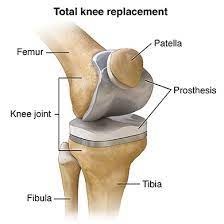A nurse is about to administer an intermittent enteral feeding to a client who has an NG tube in place. Besides obtaining an x-ray, which of the following methods should the nurse use to verify the placement?
Inject air and listen for bubbling.
Test the pH of the gastric aspirate.
Measure the gastric residual.
Add food coloring to the formula.
The Correct Answer is B
This is done by aspirating a small amount of stomach contents and testing the pH using pH paper or a pH indicator strip. The pH of stomach contents is typically acidic (pH less than 5), indicating proper placement in the stomach.
Injecting air and listening for bubbling is not a reliable method to verify tube placement, as it can lead to complications such as pneumothorax.
Measuring gastric residual is done to assess the amount of gastric contents remaining in the stomach, but it does not confirm tube placement.
Adding food coloring to the formula is not a standard practice and does not provide reliable confirmation of tube placement.
X-ray is the gold standard method to confirm tube placement but is not typically done before every intermittent feeding unless there are concerns about tube placement

Nursing Test Bank
Naxlex Comprehensive Predictor Exams
Related Questions
Correct Answer is C
Explanation
When collecting data from a client who is receiving gentamicin via IV infusion, the nurse should identify the new onset of hearing loss as an adverse effect of the treatment¹. Gentamicin can cause vestibulocochlear nerve damage, which can affect hearing and balance¹.
Correct Answer is C
Explanation
A nurse assisting with the care of a client who is 6 hours postoperative following a right total knee arthroplasty should check the client's pedal pulses every hour. This is important to assess the adequacy of blood flow and tissue perfusion to the extremity.
It is also important to monitor the client's pain level, administer pain medication as ordered, and encourage the client to perform exercises as appropriate.
The head of the client's bed should be maintained in a semi-Fowler's position to promote optimal respiratory function, and the client's dressing should be changed only as needed and with sterile technique.
An abductor wedge is not typically used following knee arthroplasty surgery.

Whether you are a student looking to ace your exams or a practicing nurse seeking to enhance your expertise , our nursing education contents will empower you with the confidence and competence to make a difference in the lives of patients and become a respected leader in the healthcare field.
Visit Naxlex, invest in your future and unlock endless possibilities with our unparalleled nursing education contents today
Report Wrong Answer on the Current Question
Do you disagree with the answer? If yes, what is your expected answer? Explain.
Kindly be descriptive with the issue you are facing.
